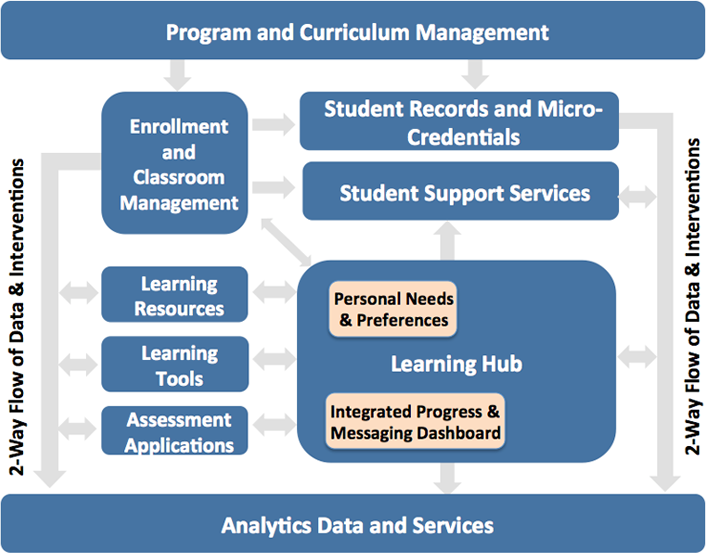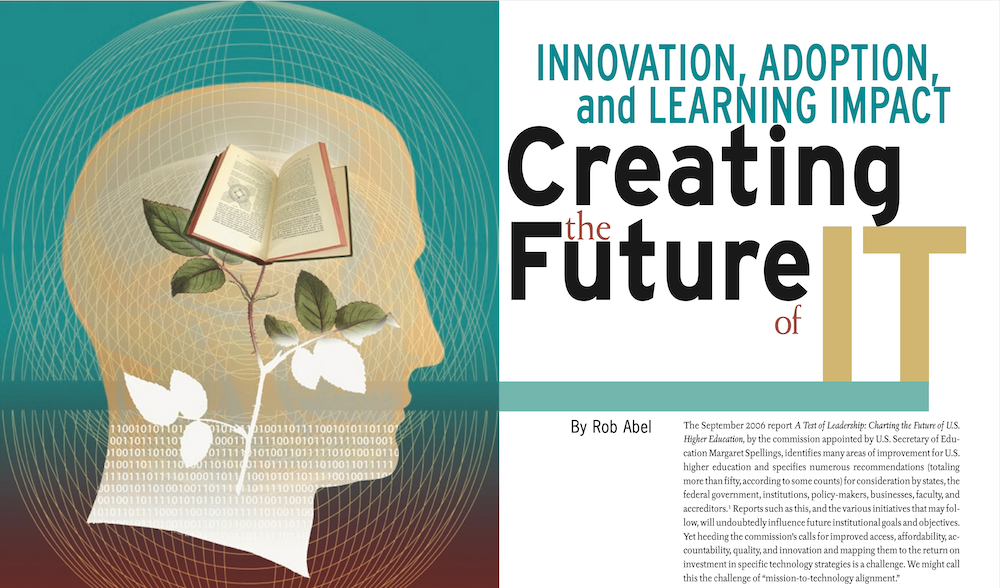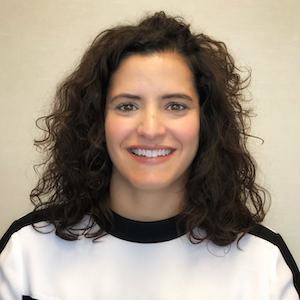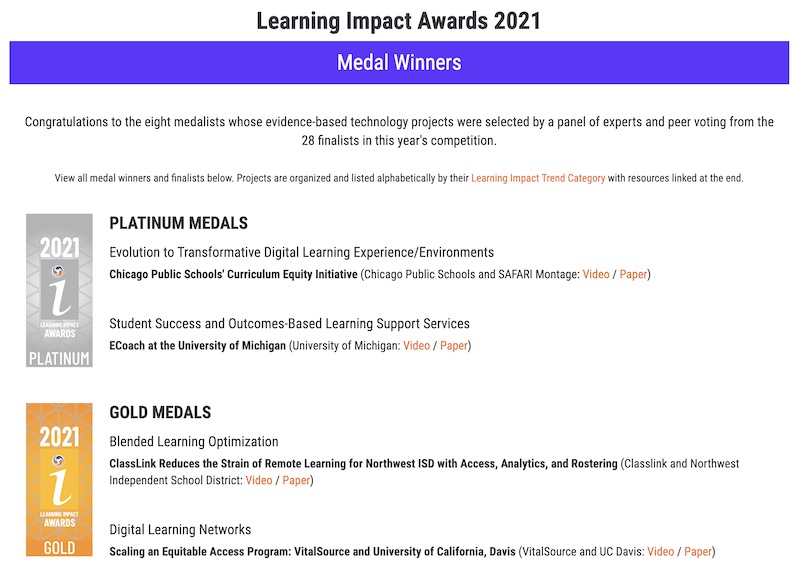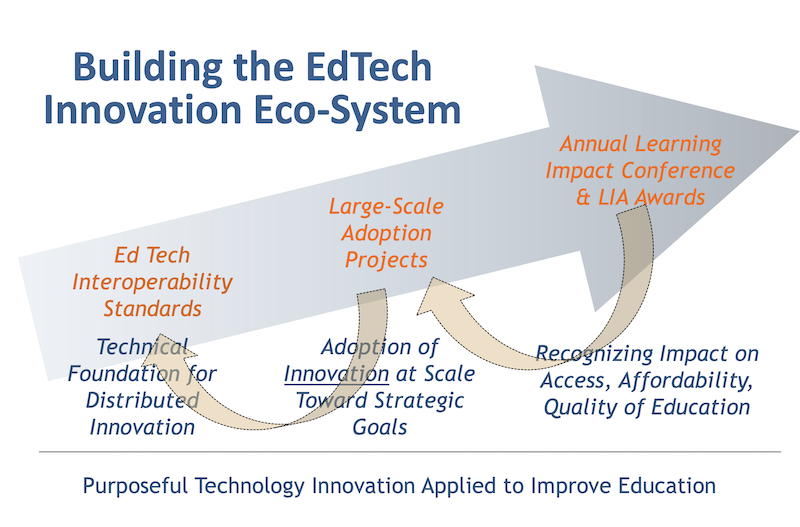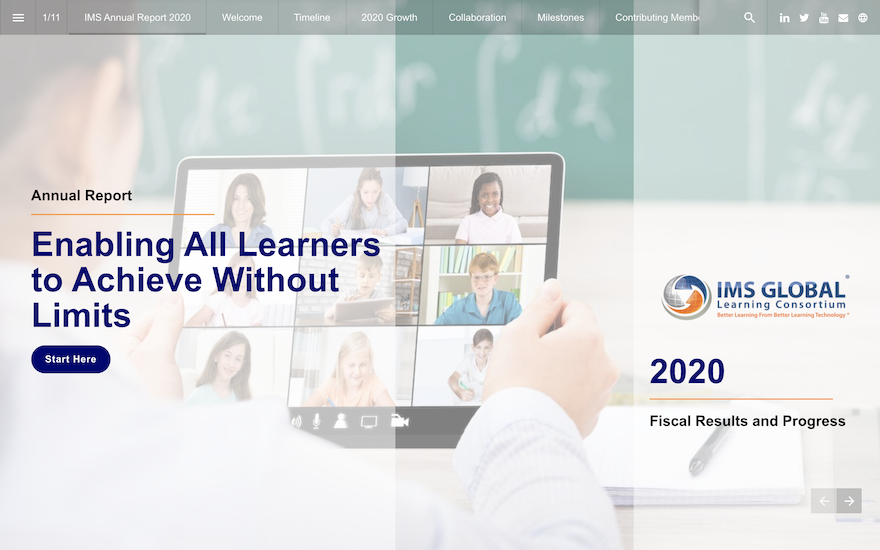 Rob Abel, Ed.D. | August 2021
Rob Abel, Ed.D. | August 2021
"Get your motor runnin'" —Steppenwolf
What’s Under the Hood of Your EdTech?
Once upon a time, you could not only buy a muscle car, but you could work on pretty much every part of what makes it run. I think it’s likely that I’m in the last generation of humans who spent substantial time working on their cars when they were young, whether just for maintenance or fun. A key reason we were able to do this was that the designs of cars were relatively simple, with pretty much all “subcomponents” operating independently of one another. You did not have to mess with onboard microprocessors and extensive electronics to tune your engine or change your brakes.
But embedded computer tech has gradually changed the design of autos to be much more interconnected. My current car, for instance, is a hybrid. It is a performance car that automatically determines how to distribute power from gas and electricity to each wheel and adjust the suspension in real-time in response to the driver and conditions determined by access to data from many sensors.
My dad was an aerospace engineer. In the 1970s, he was involved in developing prototypes of hybrid engines for cars. Fifty years later, hybrids are everywhere, and it does not take much imagination to predict a predominance of electronic vehicles over the next decade or two. What’s under the hood has changed forever. Motivations for the evolution have included reducing harmful emissions and fuel costs. But the more integrated architecture enables the user experiences that sell cars.
What does this have to do with edtech?
First, we see a very similar evolution in terms of integration bringing value to the end-users. While the individual applications of an edtech design are important, more and more the user experience is how well the totality and built-in flexibility of the design respond to user needs. We're making powerful advancements like achieving digital on day one and enabling instructional innovation by making data easier to see, understand, and act upon. These interconnections are what enable faculty to teach and students to learn their way.
Second, as edtech evolves, the bar is going up for IT, academic, and product leadership when it comes to designing and ensuring the user experience across products. Once upon a time, automobiles had only a set of hardwired gauges each representing one signal for the user to monitor. The software products we know today as the LMS, portal, or single-sign-on system, are just the first or second generation of what will evolve to be a much more sophisticated approach to configuring the edtech experience at an institution and for each learner.
Another way to make this second point is that what is “under your edtech hood” is not just a list of what products you support (for institutions) or what specific integrations you support (for product developers). What is under your hood is the design of how users launch products, how context/user preferences are transmitted to each launched product, what progress indicators and data are generated, micro-credentials are awarded, where the outputs go, and how the outputs are expected to be used.
Candidate NGDLE Architecture
Source: Shaping the Educational Technology Ecosystem, EDUCAUSE Review, July 17, 2017
Third, the need to reduce harmful effects on the environment and keep fuel costs low is analogous to the need to achieve scale and agility without increasing cost.
If all of this sounds a bit “futuristic,” well, some of it may seem to be, but this is the road we’re traveling in IMS. The scaling of edtech and cost savings achieved from open standards-based interoperability in concert with a committed community that shares how they are making progress are reaping the rewards. The leaders in IMS can now focus more on that user experience design. For instance, during the pandemic, IMS members—institutions and suppliers alike—have been able to leverage what is “under the hood” of their edtech ecosystem to better configure experiences for end-users.
Going forward, intentionally designed interoperability, working across an institutional product ecosystem, is what will make or break the power of digital edtech for faculty, learners, and administrators.
We have come a long way and have a long way to go. But there is much that we can do today to improve user experiences by encouraging broader and deeper adoption of the work of the IMS community. Let’s take the next step of incorporating the full capabilities of LTI Advantage, OneRoster, QTI, CASE, TrustEd Apps, and Caliper for the benefit of our learners!
To learn more, I encourage that you register for our upcoming annual Learning Impact: Connecting the Power of the EdTech Community. IMS Contributing Members get two free registrations, and Affiliate Members get one free registration!

